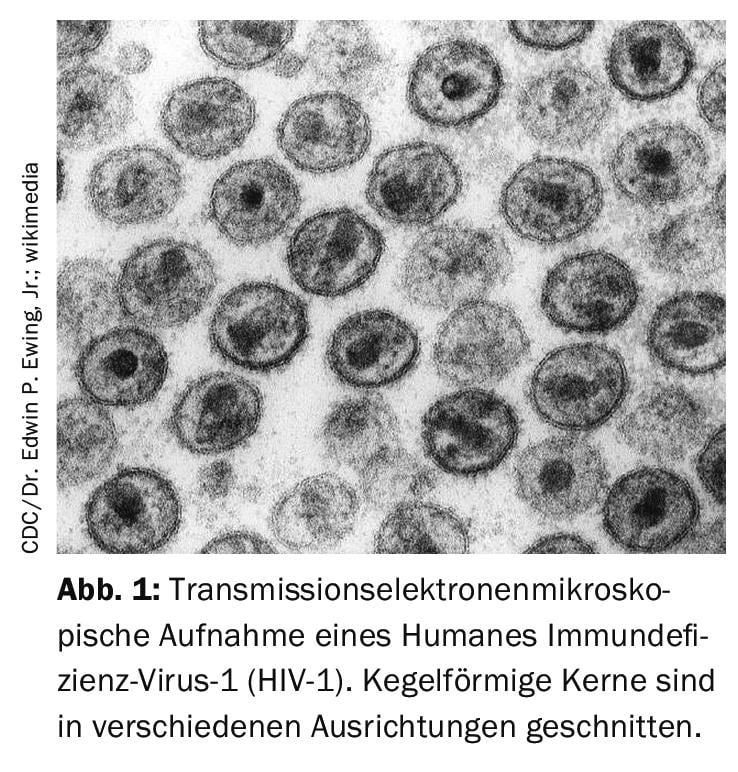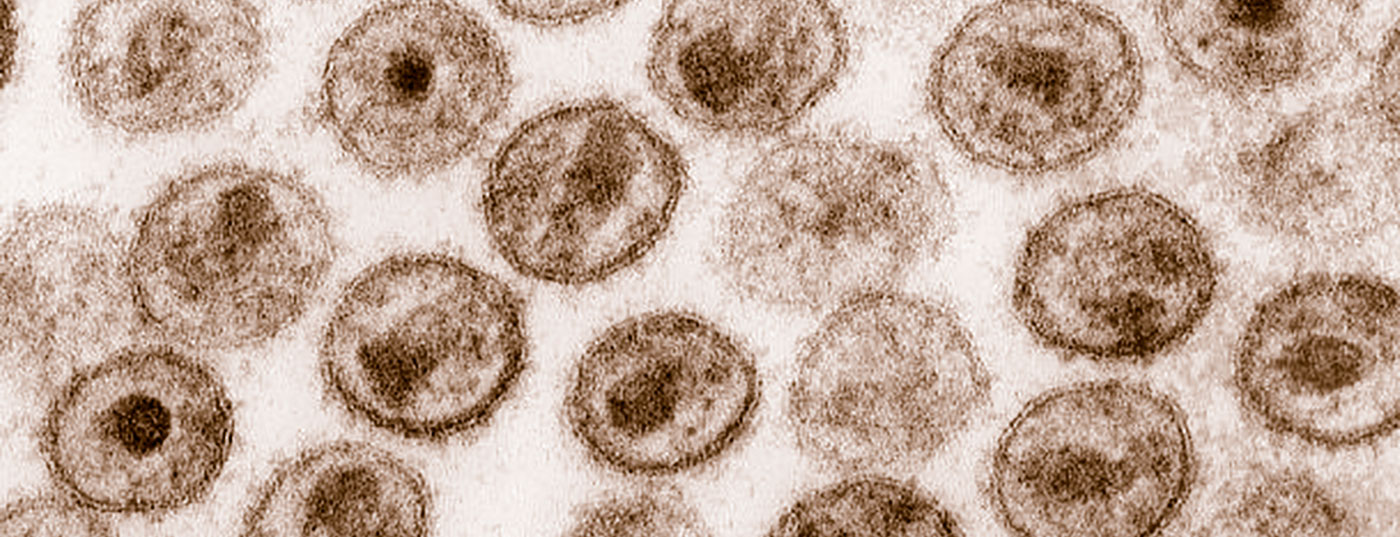At the 29th CROI, Gilead Sciences presented five-year data from two Phase 3 studies (Study 1489 and Study 1490) that evaluated use in untreated individuals living with HIV. The results presented confirm a long-term profile of safety and tolerance, as well as ongoing efficacy with a high barrier to resistance in study participants. Christophe Griolet, CEO of Gilead Switzerland, shares the latest findings in an interview.
Christophe Griolet:
Studies 1489 and 1490 are randomized, double-blind, multi-center, active-controlled phase 3 trials. The objective of the non-inferiority trials was to evaluate the efficacy and safety of bictegravir (50 mg) co-formulated with emtricitabine (200 mg) and tenofovir alafenamide (25 mg) as a fixed-dose combination tablet Biktarvy® versus dolutegravir-containing triple therapies. For 144 weeks, treatment-naive, adult HIV-1 infected participants received blinded either Biktarvy (n=634) or dolutegravir-containing triple therapy (n=640). After week 144, participants could receive Biktarvy in an active, open-label extension phase for up to 96 weeks.
What exactly was the primary endpoint of the study and was it met?
The primary endpoint was the proportion of study participants with HIV-1 RNA <50 copies/mL in plasma at week 48 using the FDA snapshot algorithm.
In study 1489, HIV-1 RNA less than 50 copies/mL was measured at week 48 in 92.4% of patients (n=290 of 314) in the bictegravir group and 93% of patients (n=293 of 315) in the dolutegravir group (difference -0.6%, 95% CI -4.8 to 3.6; p=0.78). In Study 1490, HIV-1 RNA <50 copies/mL was achieved at week 48 in 286/320 (89%) participants in the bictegravir group and 302/325 (93%) in the dolutegravir group (difference -3.5%, 95% CI -7.9 to 1.0, p=0.12). Thus, both studies met the primary endpoint and demonstrated non-inferiority of the bictegravir regimen to the dolutegravir regimen.
What exactly are the active ingredients bictegravir, emtricitabine and tenofovir alafenamide and how do they work?
Bictegravir is a second-generation integrase inhibitor (INSTI) and inhibits the function of the viral enzyme integrase, which integrates the viral genome into the host cell DNA. Emtricitabine and tenofovir alafenamide are agents of the nucleoside or nucleotide reverse transcriptase inhibitor (NRTI) class and inhibit the viral enzyme reverse transcriptase which transcribes the viral RNA genome into DNA.

What benefits did the agents show in the study?
In both studies, ≥98% of participants who started treatment with Biktarvy and remained on study throughout 240 weeks achieved undetectable viral load (HIV-1 RNA <50 copies/mL) and maintained it through the end of the 5-year follow-up period (week 240, 1489: n=208/213, 1490: n=218/219, Missing=Excluded analysis). During the five-year analysis, no cases of treatment failure due to emerging resistance were detected in the final resistance analysis population of either study, further demonstrating the efficacy and tolerability profile of Biktarvy for the treatment of HIV-1 in treatment-naïve adults.
What are the risks associated with the active ingredients?
Data support long-term use of Biktarvy, with no significant changes noted in metabolic, bone, or renal markers. In both studies, five participants (n=5/634) experienced treatment-emergent adverse events that led to study discontinuation. In addition, only small median changes in eGFR and a stable TC:HDL ratio were observed in both studies over 240 weeks.
Five-year Biktarvy data on treatment-naïve patients presented at CROI 2022 showed excellent efficacy results, with cases of resistance consistently absent over the five years of study. In terms of treatment safety, the percentage of discontinuations due to adverse events was less than 1%, renal function and lipid development remained stable, and effects on bone remained minimal. These study results confirm the robustness that Biktarvy can provide patients for long-term treatment success. At Gilead Sciences, we are proud that patients worldwide can benefit from treatment with Biktarvy.
Source: Gilead Sciences, Inc.
Further reading:
- Sax PE, Pozniak A, Montes ML, et al: Coformulated bictegravir, emtricitabine, and tenofovir alafenamide versus dolutegravir with emtricitabine and tenofovir alafenamide, for initial treatment of HIV-1 infection (GS-US-380-1490): a randomised, double-blind, multicentre, phase 3, non-inferiority trial. Lancet 2017 Nov 4;390(10107): 2073-2082. doi: 10.1016/S0140-6736(17)32340-1. epub 2017 Aug 31. PMID: 28867499.
- Gallant J, Lazzarin A, Mills A, et al: Bictegravir, emtricitabine, and tenofovir alafenamide versus dolutegravir, abacavir, and lamivudine for initial treatment of HIV-1 infection (GS-US-380-1489): a double-blind, multicentre, phase 3, randomised controlled non-inferiority trial. Lancet 2017 Nov 4; 390(10107): 2063-2072. doi: 10.1016/S0140-6736(17)32299-7. epub 2017 Aug 31. PMID: 28867497.
- Wohl, et al: B/F/TAF five-year outcomes in treatment-naive adults. CROI 2022. 12-16 February 2022, virtual. Poster abstract 494.
HAUSARZT PRAXIS 2022; 17(3): 47












